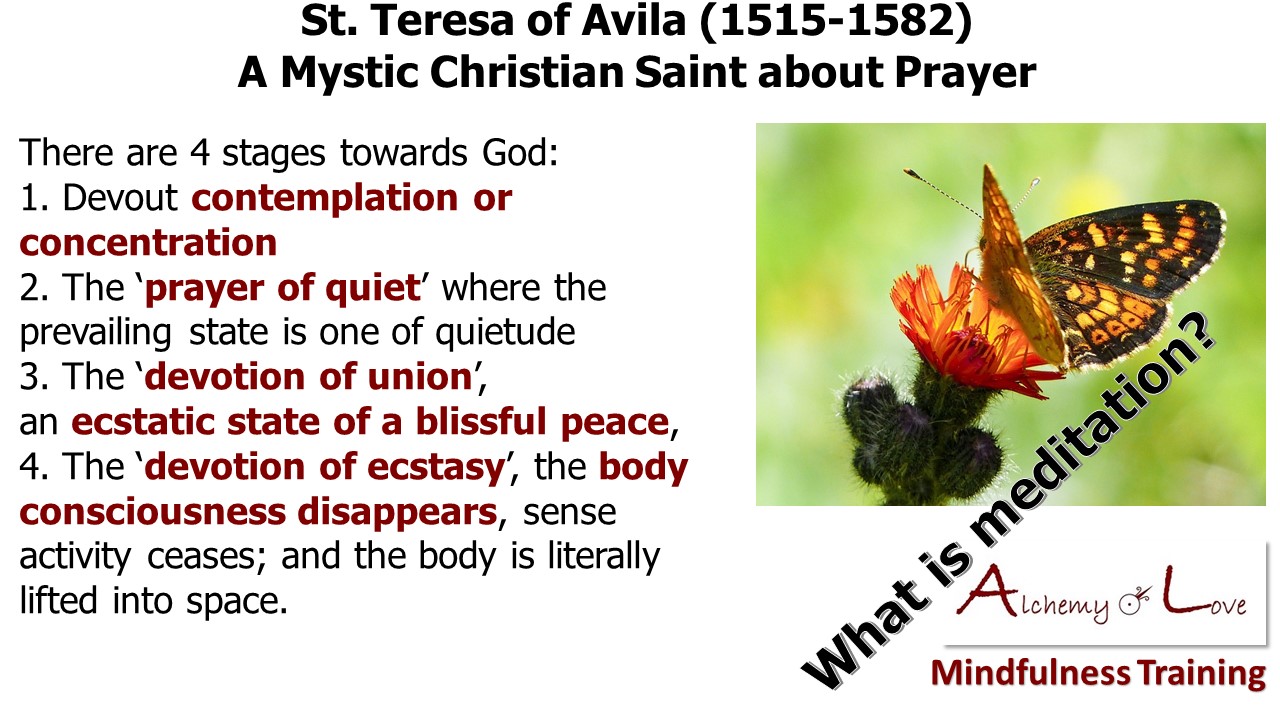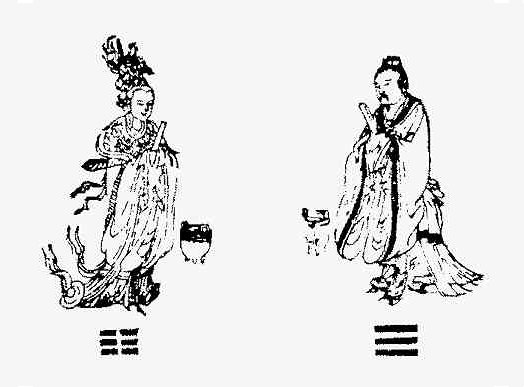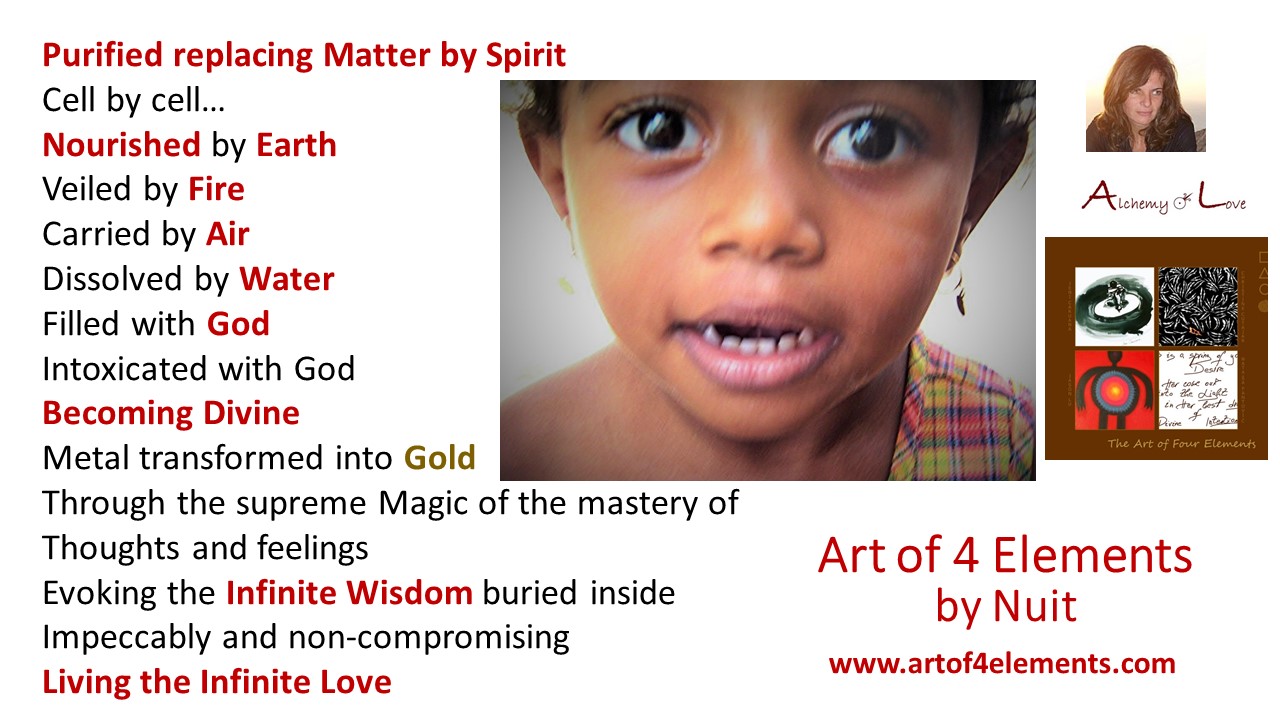Mystical Prayer
Learning from St. John and Dionysius 500 AC Art, Education, Spirituality, Power of Mind, defaultLearning from St. John and Dionysius 500 AC
by Nataša Pantović
Dionysius, a Syrian monk who in 500 AC, has devoted his life and research to our Mother Philosophy and her Sister Theosophy, in his noble attempt to unite Neo-Platonic Philosophical thought and Christianity with its mystical experience of god or divine. Known only by his pseudonym, Dionysius, he wrote a series of Greek treatises and for this work he was loved and respected by many. Not able to prove his true name, many a historian and consciousness researcher have gone back to his writings, and as it usually is some have tried to claim the supremacy of his thought, either by plainly copying his concepts or by calling themselves by his-own name.
A large segment of researchers of medieval Christian spirituality do agree with his research and conclusions. For further info check his book: “On the Divine Names”, “On the Celestial Hierarchy”, and “On Mystical Theology”.
God’s transcendence or its divinity is essentially experienced as the pair of opposites: grace and judgment, being and non-being, time and eternity.

Christians and Mystical Prayer
The human intellect is able to comprehend, or consciously and subconsciously acknowledge God positive, defined with terms: Good, Unity, Beauty, Logos, Life, Wisdom, or Intelligence.

Within the second stage of one's understanding of the God's inner nature, the mystical meditative state, where one needs the metaphor of darkness and the sound of Silence, St John tells us all about the nature of contemplative prayer, “light from the divine darkness” and the ecstatic union with Divine.
Medieval philosophy from the fall of the Roman Empire in the 400 AC to the Age of Enlightenment, was closely connected to the Christian theological thought. Both historians and theologians will today agree that in the history of thought, we do find a period that is today known as: John’s Age.
The 16th century was a time of great upheaval. To learn more do check my Historical Fiction Book A-Ma, that follows a Portuguese Jesuit Priest Reuben, in his mission to change the world, to Macao, where Ancient Chinese Philosophy has for the first time truly met the Christian missionaries of the time.
Spain, Holland, Portugal have already enjoyed the economic fruits of the colonization, moving their efforts into Asia, Africa, and the countries of the New World. John himself was posted to go for the missionary work in Mexico in the years just before his death.
The church worried about Jews, Muslims, Pagans, and now, Protestants, making them all, the object of concern for the Inquisition.
In 1567, John has finished his studies at the University of Salamanca, and was ordained as a priest of the Carmelite order. His meeting with Teresa of Avila persuaded him that his mission is to work for the reform of the Carmelite order.
John was also imprisoned for his work, he was a spiritual teacher and confessor for the reformed Carmels established by St. Teresa.
John had no sympathy for excessive visions, stigmatizations and the like.
The Song of Songs, Solomon
In his writing, John also has referred to the Song of Songs, one of the three wisdom books written by Solomon with steps on the road to a deep prayer.
For Su (SH) is a name of ISIS (Goddess) of Ancient Egypt and Fi (Female based names). To explore this facinating subject of sounds do go to our latest research article on Sounds about Sacred Mount Sinai (ShaRa) https://www.artof4elements.com/entry/258/sacred-mount-sinai-or-shara
John’s leads us, consciousness researchers, through the night of senses into the night of faith to the dawn of mystically experiencing God as: all and nothing: todo y nada, as an experience of divine as silent music or sounding solitude = la musica calladal la soledad sonora.
God stays a mystery: “the Father spoke one Word, which was his Son, and this Word he speaks always in eternal silence, and in silence must it be heard by the soul.”
“That hearing of the silence that is the Word is, in the deepest sense, prayer.” Iain Matthew, on John of the Cross.
Echoing St. Thomas Aquinas, John insists that God sustains every single soul and dwells in every one of us
Re-Inventing the Past
Michael Grech, in his article: The Not So Maltese Cross, How the emblem of debauched foreign aristocracy became the ultimate symbol of Maltese identity, in his chapter Re-inventing a Past, reflects the sentiment of our grand-fathers: “Most likely, the cross was gradually and widely adopted by the local population as a national symbol in the 19th century, during the British occupation of islands, when an artificial history about our past was being concocted in response to the new political and cultural situation. Politically and culturally sensitive Maltese wanted to detach themselves from their Southern and Eastern neighbors not merely religiously, but ever more culturally and ethnically.” “Colonialism as such was not questioned. The islands’ links to Europe were emphasized , exaggerated and at times invented. A greater proximity than in reality existed between the locals and the Order of Saint John was imagined. The siege of 1565 became THE EVENT. The adoption of the Order’s cross as a symbol of local identity fitted neatly into this program. The Maltese Cross was meant to allude to hagiographic and mythological pictures of past greatness; the valiant Knights of St John and their Maltese allies heroically defending ‘Christianity’ or ‘European civilization’ from Muslims, Ottomans and non-European others. The hagiography in question and the use of the Maltese cross indicated the past greatness which Maltese wanted to emulate...”
The above paragraph just perfectly resonates of how complex our historical conditions are, and how complicated our sense of identity could possible become, especially if we came from the countries that have in the past defended Pythagoras, Plato, or Neo-Platonic Philosophical Truths.
Just a little de-tour, for all the ones who defend the Lady Truth, a Macedonian shop-assistant, who I instantly, spontaneously, shared a laughter with, has told me: People tell me that they shop here, because I tell them truthfully, is the item fresh or not. I can not lie! If one of them has a stomachache because of me, no matter what my Boss says, I cannot lie... Some years ago, I found a totally full wallet on the ground, went to the Police, without even looking at the amount of money, holding my baby son around me, waited for half an hour for the police report, and an old senile man to appear, the Maltese law demands it, so that there are no intermediates in the process of transacting the money: from the one who found it to the one who has lost it. The old man was so senile that he did not even say “thank you”, so senile that I am sure he soon has again lost it. My baby boy, some eleven years later asked me: Why? And I had the same response as my Macedonian shop assistant, friend: “I simply can not”, I am totally worried about the Dante's hell I would have created within my conscious and subconscious mind and soul patterns, every-single-time I would have remembered that incident, if I did not return that money in full.
If you are a conscious parent, you will know how difficult this fight for truthfulness is on an individual level, the fight for every single soul, now imagine how deep our respect for the complexity of the Lady Truth must be, when we try understanding it within Her dance in front of different Historical back-drops.

What is spirituality - 4 elements poem by Nataša Pantović Nuit
- Reconsidering Transcendence in Art
Reconsidering Transcendence and spirituality in art Spiritual Quotes by Nataša Pantović “Beauty is the word that shall be our first. Beauty is the last thing which the th - The Mystery of Babylon Tower
Confusion of Sounds and Babylon by Natasa Pantović Nuit Freely recording / researching our religious practices and comparing our mystical experiences is a very new experi - Understanding the power of the collective unconscious
by Nataša Pantović Nuit Materializing within a body we call our own Self / Atman / Unit consciousness within a country or family we call own, we inherit the cultural unco - The God Vibration
Following "H" through Ancient Civilizations as Sound of divine and Cosmic Vibrations by Natasa Pantović Nuit The sound frequency and the use of symbols within our mystical - Wisdom of Gods
Ancient Mediterranean Cultures and Advanced Civilizations by Nataša Pantović Nuit The Tao of Logos During the past 50 / 100 years , more and more archeological findings f - El Ra Ma
Supreme God and Sound Frequency Chanting Mantras by Nataša Pantović Nuit The philosophical research concerning the divine and consciousness poses the question: Is there a - The Tao of Logos
by Nataša Pantović Nuit Have you seen the oldest preserved Gospel of John found in Egypt 200 AC? It took me ages but I did go line by line comparing the old Greek text to - Metaphysics of sound
True Name of god and Ancient symbols and frequencies by Nataša Pantović Pulsation, vibration, rhythm exists everywhere as Akasha / Sound / Waves and we hope to reach th






Mystical Prayer No comments on Mystical Prayer: